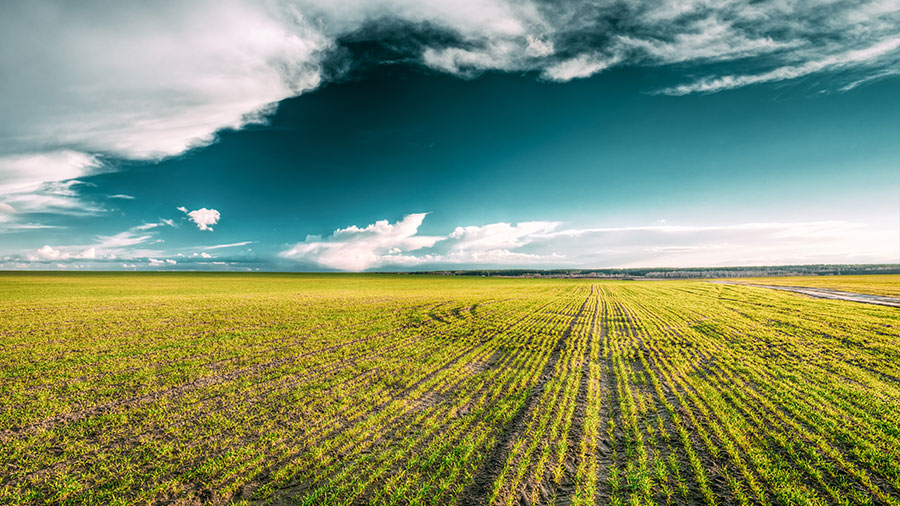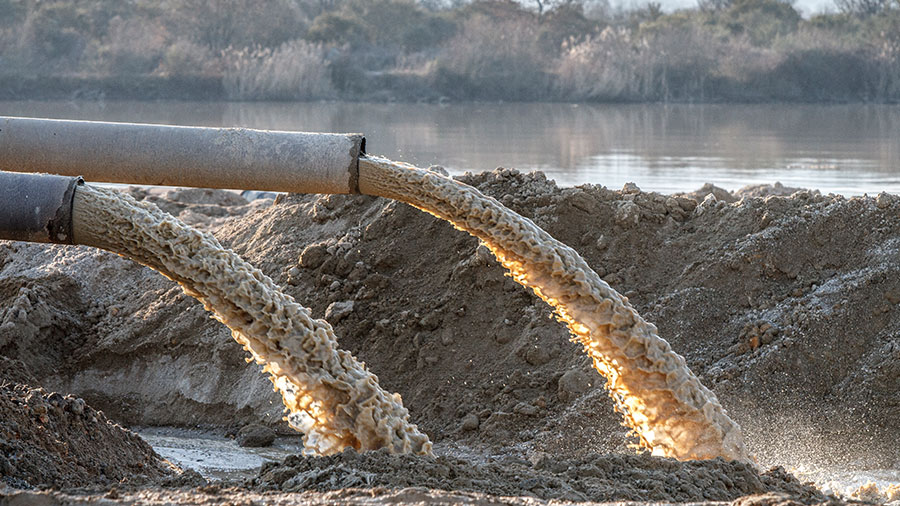SLUDGE AND SLURRY WASTE
WASTE-TO-PRODUCT TECHNOLOGY
Valorising sludge and slurry
Urban waste treatment plants (among other processes) generate sludge and slurry-type waste that requires treatment. At Tecam we apply different technologies in line with the characteristics and components of the waste.
This waste can be processed and valorised using waste-to-product methods, thereby generating fuels or products that can be used as fertiliser for agricultural soil.


Is Incineration environmentally friendly?
Waste Valorization has become the alternative technology for energy recovery that has minimum impact on the environment and is capable to generate heat and electricity. Pyrolysis plants and waste incineration plants include flue gas treatment systems afterwards that collect and eliminate the gases generated, following an efficient and safe procedure, to guarantee maximum respect for people and the environment.

Tecam’s sludge treatment technologies
Tecam treats sludge/slurry using different technologies, in line with the amount of moisture it contains: options include drying and/or pyrolysation to generate fixed carbon, anaerobic digestion (for biomethanisation) and aerobic digestion (ATAD).
For the drying process, treatment takes place in pyrolytic kilns. Because these kilns lack oxygen, the sludge is converted into fixed carbon (char) that can subsequently be used as agricultural soil.
Sludge can also be digested anaerobically. This process is based on the production of microorganisms that break down the matter and generate biogas (biomethanisation).
Another option is ATAD technology, which comprises aerobic digestion (with oxygen) at a specific temperature for a particular amount of time (55 °C and 24 hours, approximately). This method renders the sludge free from pathogens, so it can then be used as agricultural soil.
Specialists in the sectors that are most sensitive to environmental impacts
We drive sustainable productivity and innovation for industries with more extensive and more complex needs.











